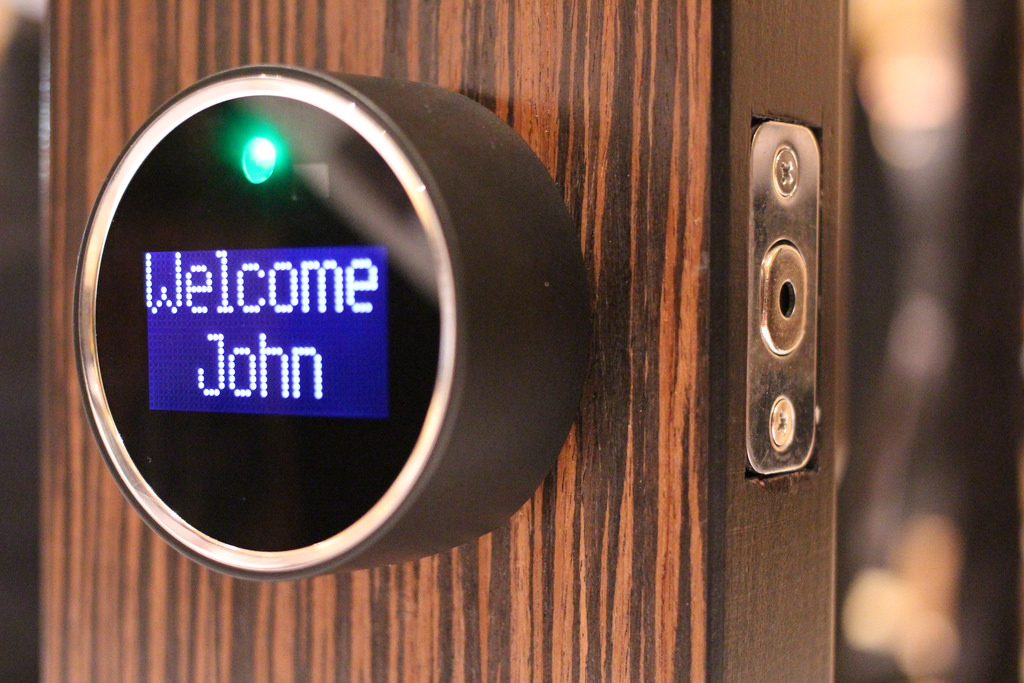Research and Markets company released a forecast of market of smart home devices. Experts believe that rapid development of mobile Internet, broadband communication and the "Internet of Things" will be pushing this market up by 23.5% per year during 2016-2020 period. The researchers note that more and more global companies are entering the market now, which, consequently, is stimulating its development. A good example here is Amazon Dash Button, which allows linking household appliances with a "smart button". The button, in turn, is connected to the Internet and can be used for instant online purchases of household chemicals, grocery or other goods. For instance, a button for washing powder, attached to a washing machine, helps instantly order laundry powder. This device works with a special mobile app in tow. The offer is a part of Amazon’s large project in the field of IoT.
Number of smart home devices in the world continues to grow rapidly. Thus, users bought 47 million of these devices in 2015. Research firm IHS Markit Experts predict that 470 million smart home devices will be sold in 2020. In 2012, only 6% of US households had a similar system, and by 2020 this figure will reach 28%.
62% of sales in 2015 fell on North and South Americas. However, the Asia-Pacific region is expected to gain a substantial share and with the US market in the next four years. EMEA region will be staying at 20% level all the while.
Experts have divided smart home products into five categories - security, climate control, consumer electronics, control of power and water supply, lighting. Rapid growth will occur mainly at the expense of consumer electronics and air conditioning systems. On the whole, all four categories, except of security, will increase in volume more quickly and their total market share from 60% in 2015 will increase to 80% in 2020.
Experts point out that potential of smart home technologies is unlimited, yet engineers still have to build an ecosystem to connect different devices together.
Currently, main goal of manufacturers is to transfer all kinds of devices onto a single platform, so that they would work in a public network, not separately. This integration now can be achieved in professional installable systems. However, self-installation kits are quickly evolving into the matter. Nowadays, such systems take 20% of the global smart home market, and they are expected to increase its share to 60% by 2020, along with hybrid systems. Undoubtedly, this will be a very serious challenge to business model of professional installation.
Now, cost of connecting a household appliance to the Internet is less than $ 10 for manufacturers. This allows companies to actively implement this feature without a significant rise in price. Sam Barker from Juniper Research says that, "despite a few recent false starts of smart devices for home ecosystem, new additional functionality in the medium price segment becomes increasingly attractive for households."
source: prnewswire.com, ihs.com
Number of smart home devices in the world continues to grow rapidly. Thus, users bought 47 million of these devices in 2015. Research firm IHS Markit Experts predict that 470 million smart home devices will be sold in 2020. In 2012, only 6% of US households had a similar system, and by 2020 this figure will reach 28%.
62% of sales in 2015 fell on North and South Americas. However, the Asia-Pacific region is expected to gain a substantial share and with the US market in the next four years. EMEA region will be staying at 20% level all the while.
Experts have divided smart home products into five categories - security, climate control, consumer electronics, control of power and water supply, lighting. Rapid growth will occur mainly at the expense of consumer electronics and air conditioning systems. On the whole, all four categories, except of security, will increase in volume more quickly and their total market share from 60% in 2015 will increase to 80% in 2020.
Experts point out that potential of smart home technologies is unlimited, yet engineers still have to build an ecosystem to connect different devices together.
Currently, main goal of manufacturers is to transfer all kinds of devices onto a single platform, so that they would work in a public network, not separately. This integration now can be achieved in professional installable systems. However, self-installation kits are quickly evolving into the matter. Nowadays, such systems take 20% of the global smart home market, and they are expected to increase its share to 60% by 2020, along with hybrid systems. Undoubtedly, this will be a very serious challenge to business model of professional installation.
Now, cost of connecting a household appliance to the Internet is less than $ 10 for manufacturers. This allows companies to actively implement this feature without a significant rise in price. Sam Barker from Juniper Research says that, "despite a few recent false starts of smart devices for home ecosystem, new additional functionality in the medium price segment becomes increasingly attractive for households."
source: prnewswire.com, ihs.com





